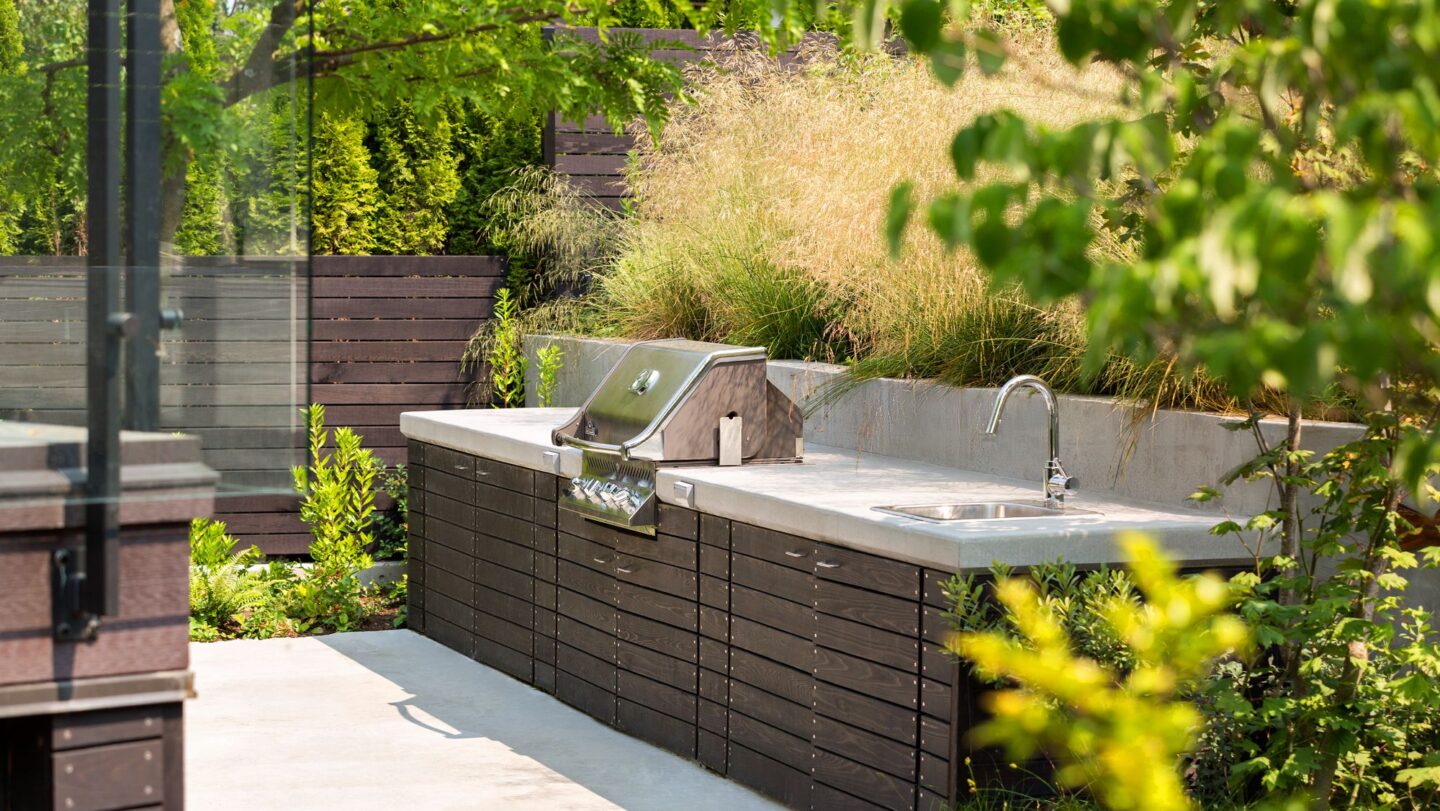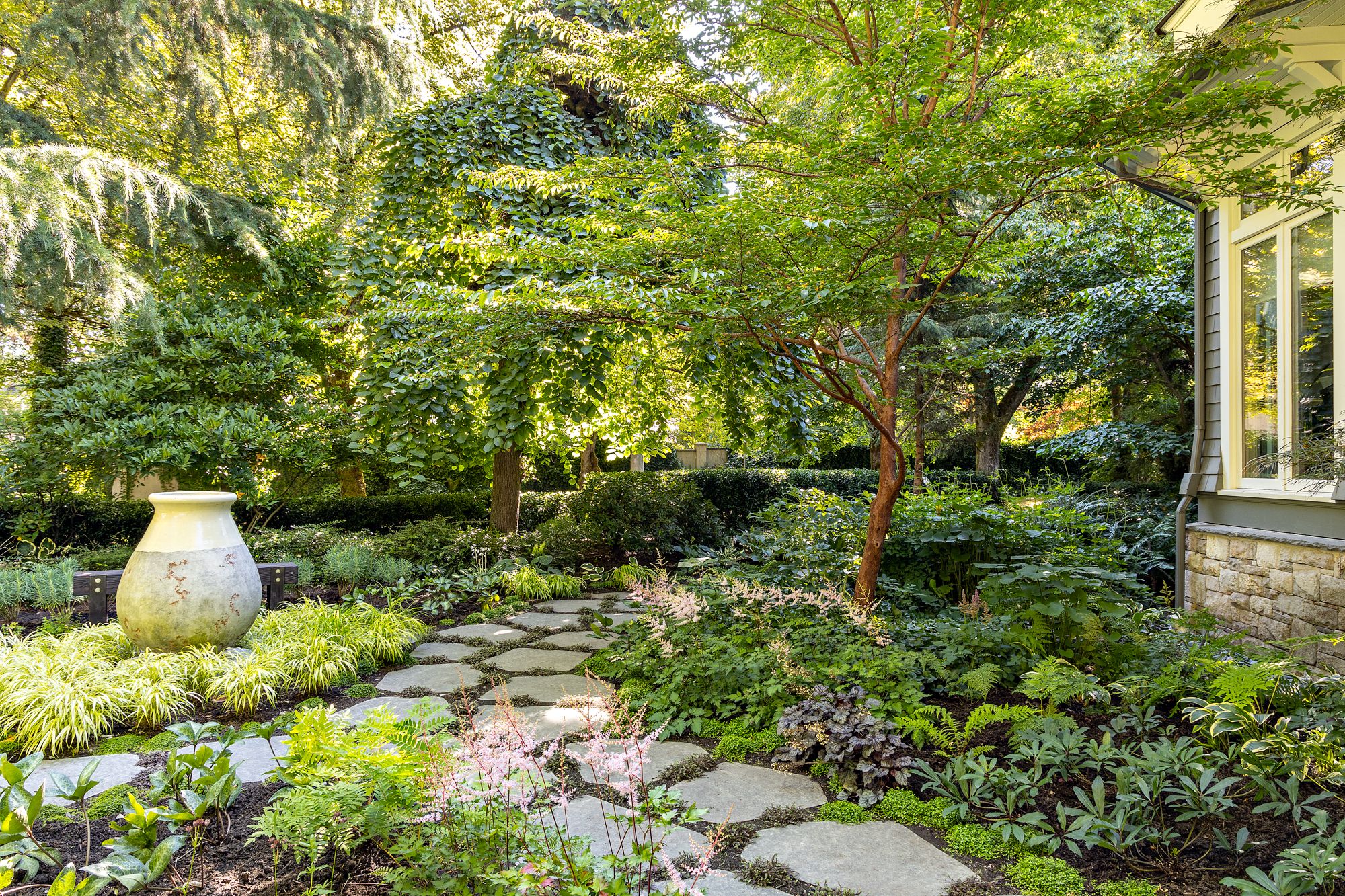Designing and choosing an outdoor kitchen involves several considerations to ensure functionality, aesthetics, and durability
Here are some key factors to think about:
Location: Determine the best spot for your outdoor kitchen. Consider factors like proximity to the main house, prevailing winds, sun exposure, views, and access to utilities such as water, gas, and electricity.
Layout and Functionality: Plan the layout of your outdoor kitchen to optimize workflow and functionality. Think about the cooking area, prep space, storage, and seating arrangements. Consider incorporating elements like a grill, pizza oven, sink, refrigerator, countertops, and cabinets.
Materials: Choose durable materials that can withstand outdoor elements. This is especially important in our PNW environment. Common options include stainless steel, stone, brick, concrete, and weather-resistant wood. Ensure that the materials are easy to clean and maintain.
Appliances and Fixtures: Select outdoor-rated appliances and fixtures that are designed to withstand moisture, temperature fluctuations, and exposure to the elements. This may include a built-in grill, outdoor refrigerator, sink, burner, pizza oven, and outdoor-rated cabinetry.
Ventilation: Proper ventilation is crucial in an outdoor kitchen to remove smoke, grease, and odors. Consider installing a vent hood or exhaust fan above the cooking area to ensure good air circulation and prevent buildup of heat and fumes.
Utilities and Infrastructure: Ensure that your outdoor kitchen has access to necessary utilities such as gas, water, and electricity. Plan the layout accordingly to accommodate plumbing and electrical requirements.
Safety: Incorporate safety features into your outdoor kitchen design, such as fire extinguishers, proper lighting, and non-slip flooring. Follow local building codes and regulations to ensure compliance with safety standards.
Shelter and Shade: Consider adding shelter or shade structures to protect your outdoor kitchen from rain, sun, and other weather conditions. Options include pergolas, umbrellas, awnings, or even a roof extension from the main house.
Entertainment and Ambiance: Think about how you want to use your outdoor kitchen for entertaining guests and creating ambiance. Consider adding features like outdoor speakers, lighting, a dining area, or a fire pit to enhance the overall experience.
Budget and Maintenance: Set a budget for your outdoor kitchen project and choose materials and appliances that align with your financial constraints.
Additionally, consider the ongoing maintenance requirements of your outdoor kitchen and choose materials that are easy to clean and maintain over time.
By considering these factors carefully, you can design and choose an outdoor kitchen that meets your needs and enhances your outdoor living space for years to come.




 Contact Us
Contact Us